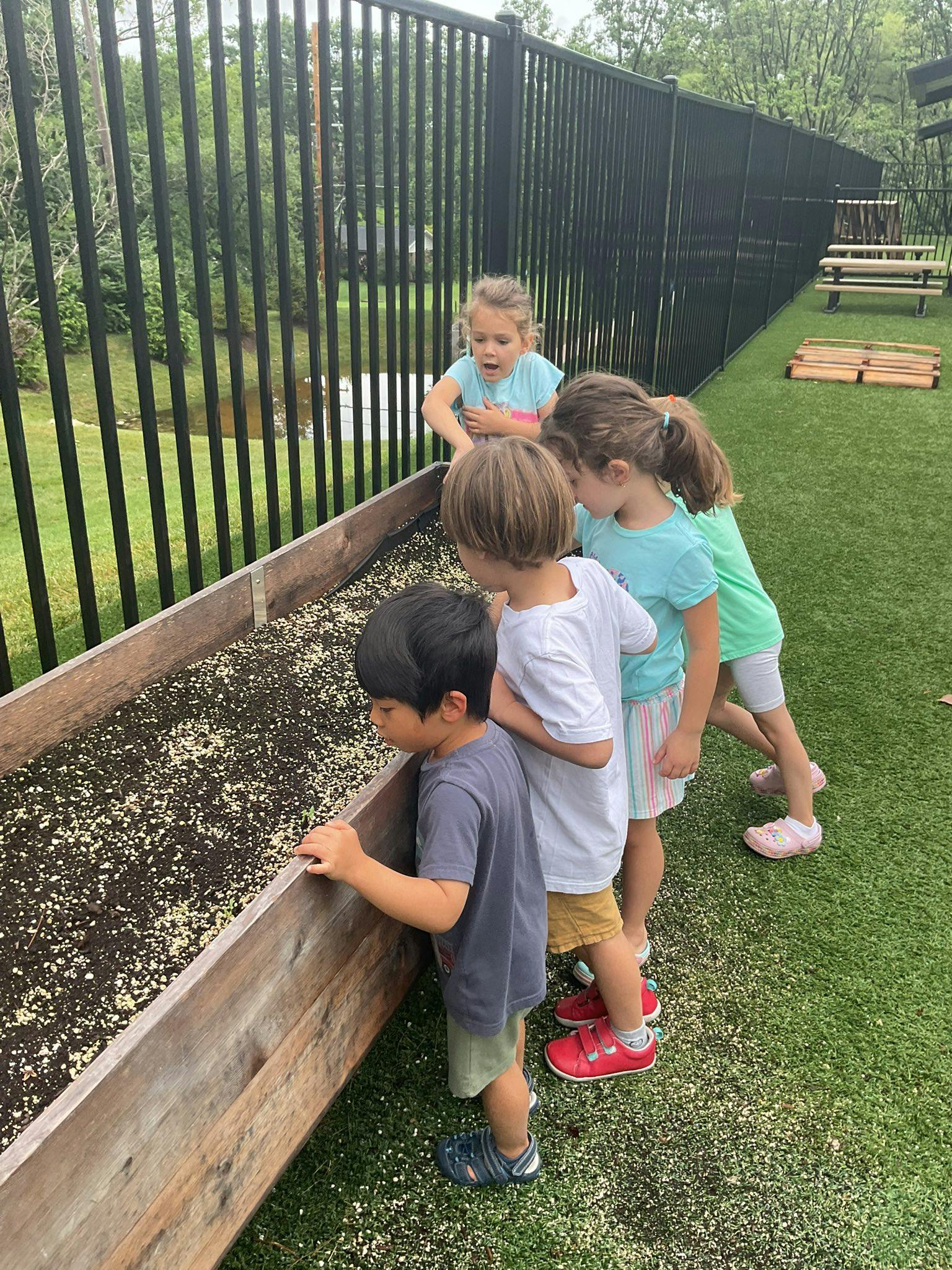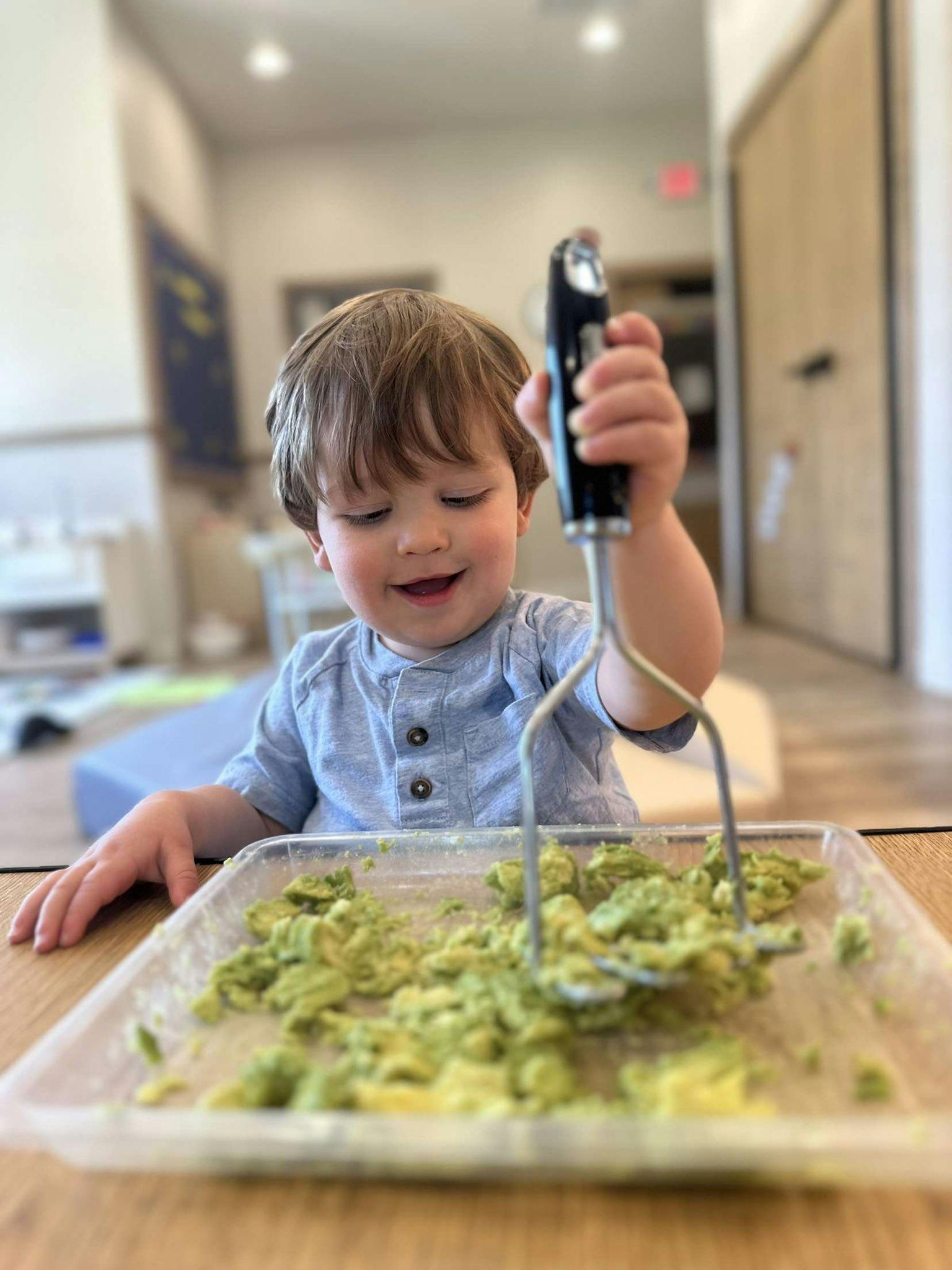
July 28, 2025
Why the Environment Is the “Third Teacher” in Reggio Emilia Preschools
In Reggio Emilia-inspired preschools, you won’t find rigid desks or walls lined with primary-colored posters. Instead, you might see light streaming through large windows, nature-inspired materials laid out for exploration, and cozy nooks that invite curiosity. This isn’t just a design choice. It’s a philosophy.
In the Reggio Emilia approach to early childhood education, the environment is considered the “third teacher.” Alongside parents and educators, the physical space plays a vital role in supporting a child’s development. It’s not a passive backdrop but an active participant in the learning process.
What Does It Mean for the Environment to Be a “Third Teacher”?
The idea behind the “third teacher” is that children learn not just from the people around them, but also from their surroundings. Thoughtfully designed spaces encourage children to explore, solve problems, and express themselves.
For example, when a Reggio Emilia preschool includes mirrors on the walls, children can observe how their movements change their reflection, sparking curiosity about physics, symmetry, and the concept of self. When loose parts like stones, sticks, and pinecones are laid out for building, children use them to experiment with balance, storytelling, and creativity.
These choices are intentional. The environment provides invitations to learn and is constantly evolving based on the children’s interests and discoveries.
If you’d like to use the principles of Reggio Emilia to inspire your child’s play space at home, read more here!
Nature as a Classroom
One of the most powerful expressions of the “third teacher” philosophy is seen in nature based preschools, many of which also embrace Reggio Emilia principles. In these programs, the outdoors is more than a place to get fresh air. It’s a vibrant, ever-changing learning environment.
Trees become climbing challenges. Puddles become experiments in cause and effect. A fallen leaf might become the starting point for a child-led investigation into seasons, life cycles, or color theory.
Natural spaces engage all the senses and offer endless opportunities for open-ended play and inquiry. This type of exploration fosters independence, resilience, and a deep connection with the natural world, an important value in many Reggio Emilia and nature based preschools.
How Reggio Emilia Preschools Design Their Spaces
In a Reggio Emilia preschool, the classroom environment is designed with beauty, order, and intentionality. Spaces are often open and flexible to allow for collaboration and creativity. Materials are displayed accessibly, inviting children to make choices and direct their own learning.
Key elements of a Reggio-inspired classroom include:
- Natural materials like wood, stone, plants, and light
- Documentation walls showing children’s work and thinking
- Cozy, home-like touches such as soft lighting, pillows, and rugs
- Ateliers (creative studios) filled with open-ended art supplies
These environments are not static. They adapt to reflect the evolving interests of the children. Teachers pay close attention to how children interact with materials and spaces, adjusting them to support emerging projects and passions.
Why It Matters
When we trust the environment to support children’s learning, we send a powerful message: you are capable, curious, and your questions are worth exploring.
By designing classrooms that are beautiful, flexible, and rich with possibility, Reggio Emilia preschools empower children to take the lead in their learning journeys. When paired with nature-based experiences, these environments become even more dynamic, teaching children to observe, wonder, and care for the world around them.
Whether indoors or out, the “third teacher” is always ready to inspire.
Experience the “Third Teacher” for Yourself
Looking for a preschool that honors your child’s natural curiosity? A Reggio Emilia preschool with a nature-based approach might be the perfect fit. It’s a place where learning blooms from the ground up, and every moment is an opportunity to discover.
If this article sparked your interest, there’s so much more to explore. Our About page dives deeper into how exceptional early education can nurture a child’s natural curiosity, confidence, and love of learning. You can even experience this unique style of learning for yourself at a Reggio Emilia preschool and daycare near you. We’re glad you’re here—let’s keep learning together.
Keep reading here!

